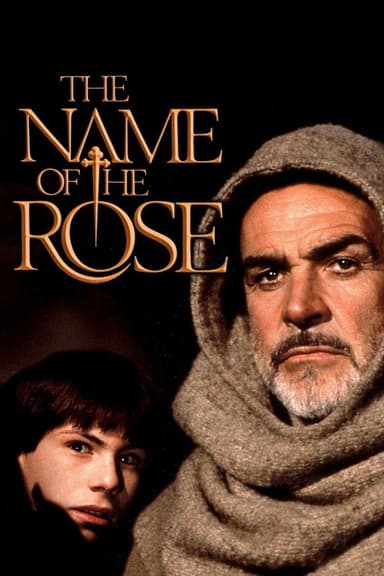
Pope Joan
2009 • Drama, History, Romance
A 9th century woman of English extraction born in the German city of Ingelheim disguises herself as a man and rises through the Vatican ranks.
Runtime: 2h 29m
Why you should read the novel
Donna Woolfolk Cross’s novel 'Pope Joan' offers readers a deeply immersive journey into the turbulent world of the Middle Ages, blending meticulous historical research with captivating storytelling. The book delves into the legendary tale of a woman who, against unimaginable odds, rises to become the only female pope in history—an inspiring testament to courage and intellect triumphing over oppression. By reading the novel rather than watching the movie, you'll explore Joan’s inner struggles, her transformation, and the profound personal connections that shape her destiny—all with far greater depth and nuance.
The novel’s richly detailed narrative invites readers to experience not just Joan’s outward journey, but also her intellectual awakening and the complexities of living in a time when women were forbidden from seeking knowledge. It brings to life the beliefs, social hierarchies, and dangers of the era, allowing for a much deeper understanding of Joan’s motivations and the world she fought to change. The book paints a vivid, complex portrait that is often compressed or lost in cinematic adaptation.
Choosing the novel over the film means engaging with a fuller, more textured story—where characters are allowed to breathe, develop, and surprise you. The prose provides atmosphere, emotional resonance, and the gradual evolution of Joan's identity, making the twists and triumphs of her life even more compelling and meaningful than what can be condensed into a two-hour movie experience.
Adaptation differences
The film adaptation of 'Pope Joan' significantly condenses the timeline and scope of Donna Woolfolk Cross's novel, streamlining Joan’s journey to fit the standard feature length. Many of the book’s subplots and secondary characters are minimized or omitted entirely, which results in certain events and relationships losing the complexity and buildup that they had in the original text. For example, Joan's academic growth is shown more quickly in the film, compressing years of study and intellectual challenge into a handful of scenes.
In the novel, Joan’s motivations, emotional depth, and inner conflicts are painstakingly explored, offering much richer character development. Her relationship with Gerold, for instance, is given much more space and thought in the book, while the movie often relies on visual cues and shorthand to communicate their bond. Likewise, the novel presents the theological and philosophical challenges Joan faces in greater detail, granting the reader a deeper appreciation of her internal struggles as a woman seeking knowledge and spiritual fulfillment.
Another notable difference is the portrayal of secondary characters, particularly in Joan’s family and the papal court. In the book, each supporting figure is fleshed out with their own motivations and histories, which in turn affect Joan's journey and the dangers she must navigate. The film, out of necessity, simplifies or alters certain character arcs and shifts some motivations, which can change the viewer’s perception of betrayals, alliances, and power struggles.
Additionally, the ending of the movie offers a more ambiguous and visually dramatic conclusion compared to the novel, which provides greater insight into Joan’s legacy and the consequences of her actions. The book takes time to reflect on the historical significance and lasting impact of the legend, allowing a more reflective and nuanced conclusion than the emotionally heightened climax favored by the film.
Pope Joan inspired from
Pope Joan
by Donna Woolfolk Cross







